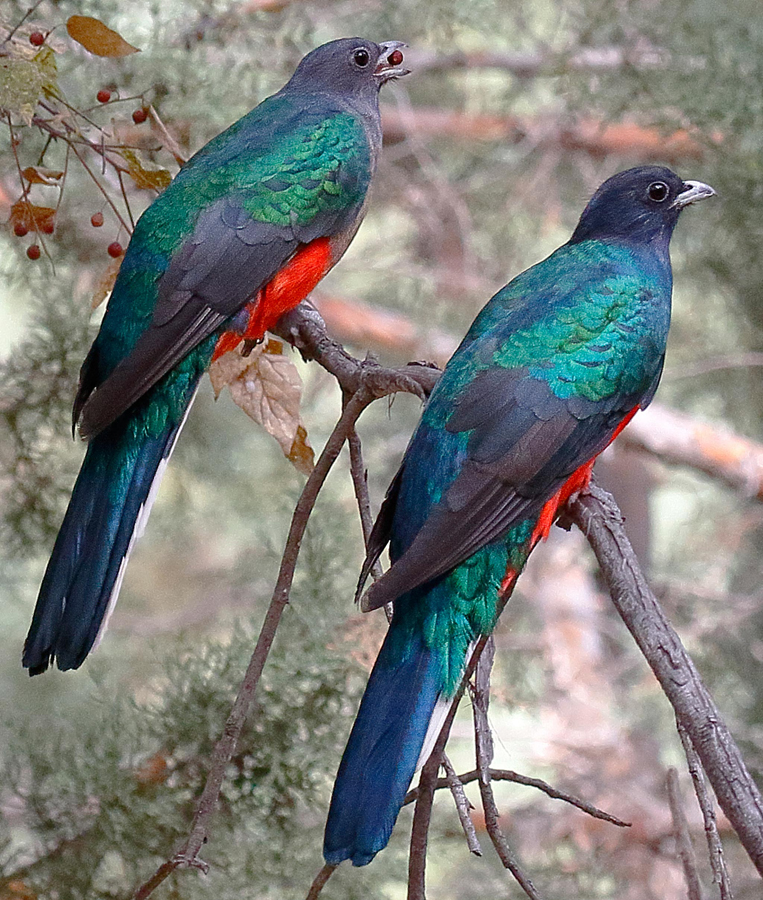In 2020, at least 4 Eared Quetzals (Euptilotus neoxenus) were reported in the southwestern United States over a period of 6 months. Witnessing those summer and fall occurrences in Arizona led me to compare the 2020 season with historic sightings for the region. I reviewed a question first posed by Zimmerman (1978), whether the Eared Quetzal in the United States is an immigrant (suggesting possible range extension) or visitor (suggesting random wandering). To better understand Eared Quetzal status in the United States, I mapped and cataloged confirmed sightings since the year of the first accepted record in 1977. I detailed the chronology of those sightings with reference to geographical location and seasonal occurrence. Using this analysis, I looked at patterns of Eared Quetzal presence in the United States drawing insight from current research into the species’ movements and occurrence in Mexico (Lammertink et al. 1996). I then looked in detail at movement patterns of the 2020 occurrences in Arizona and New Mexico, when Eared Quetzals were present intermittently for 6 months in summer and fall. Despite several hundred hours of personal observation and a thorough search of the literature, Zimmerman’s (1978) question about the status of Eared Quetzal remains unanswered and as pertinent today as it was 45 years ago.

Female (l) and male (r) Eared Quetzals feeding on hackberry fruit at Cave Creek Canyon, Chiricahua Mountains, Cochise County. Photo by A. R. Donaldson.